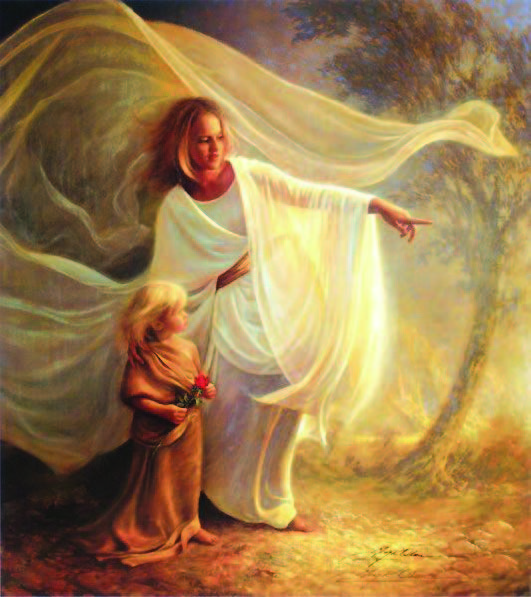

Source: By the Light of Grace, 2018.
Teachings and references to the “Heavenly Mother” are finding their way into ordinary Mormons’ religious life, informing children’s books, poetry, and a new round of theological debates, according to an article in Christian News (June 7). In the article originally published in the Salt Lake Tribune, Peggy Fletcher Stack reports “a tidal wave of interest in this divine feminine among Latter-day Saints…. It has become almost a movement.” LDS teaching on a Heavenly Mother emerged when church founder Joseph Smith asserted that God was the literal father of Jesus and all human spirits, leaving Smith and subsequent church leaders to posit that the Heavenly Father must have a wife. But there are considerable differences over the roles of this divine feminine. The church has increasingly associated the Heavenly Mother with earthly mothers and their role as nurturers, while men are the presiders in church and family life. This view has been challenged by feminists and gay rights advocates, saying it leaves them out of the picture. The fact that Mormons are instructed not to pray to the Heavenly Mother (or receive messages from her) adds to the sense that husbands and fathers have the lead role in the faith, Stack writes.
Margaret Toscano, a feminist theologian who was expelled from the LDS partly over her views on the issue, argues that the Heavenly Mother’s many roles in Mormon teaching “suggest a polymorphous divinity that makes room for non-gender-conforming individuals.” But there is a general contestation about the identity of the Heavenly Mother. Some members criticize the way she has been interpreted by LDS feminists to reflect their non-binary and multicultural perspectives and would rather let her image remain abstract and mysterious. But others are filling in the blanks and appealing to a popular audience. There is now a “Girl’s Guide to Heavenly Mother” and a “Boy’s Guide to Heavenly Mother,” as well as an art exhibit and poetry about the divine feminine. A recent conflict suggests the concept’s church-dividing nature. In a recent Zoom seminar for Mormons in New York, LDS feminist theologian Fiona Givens speculated that the Heavenly Mother could be synonymous with the Holy Spirit. Givens was subsequently pressured to step down from her position at Brigham Young University’s Maxwell Institute for Religious Scholarship following complaints about her comments.